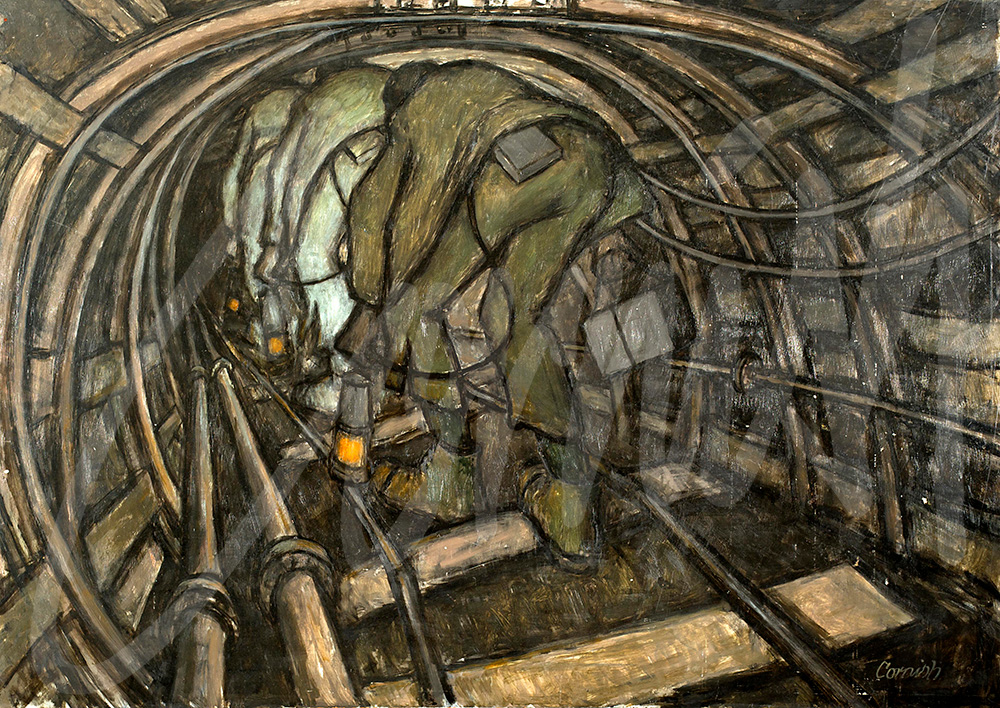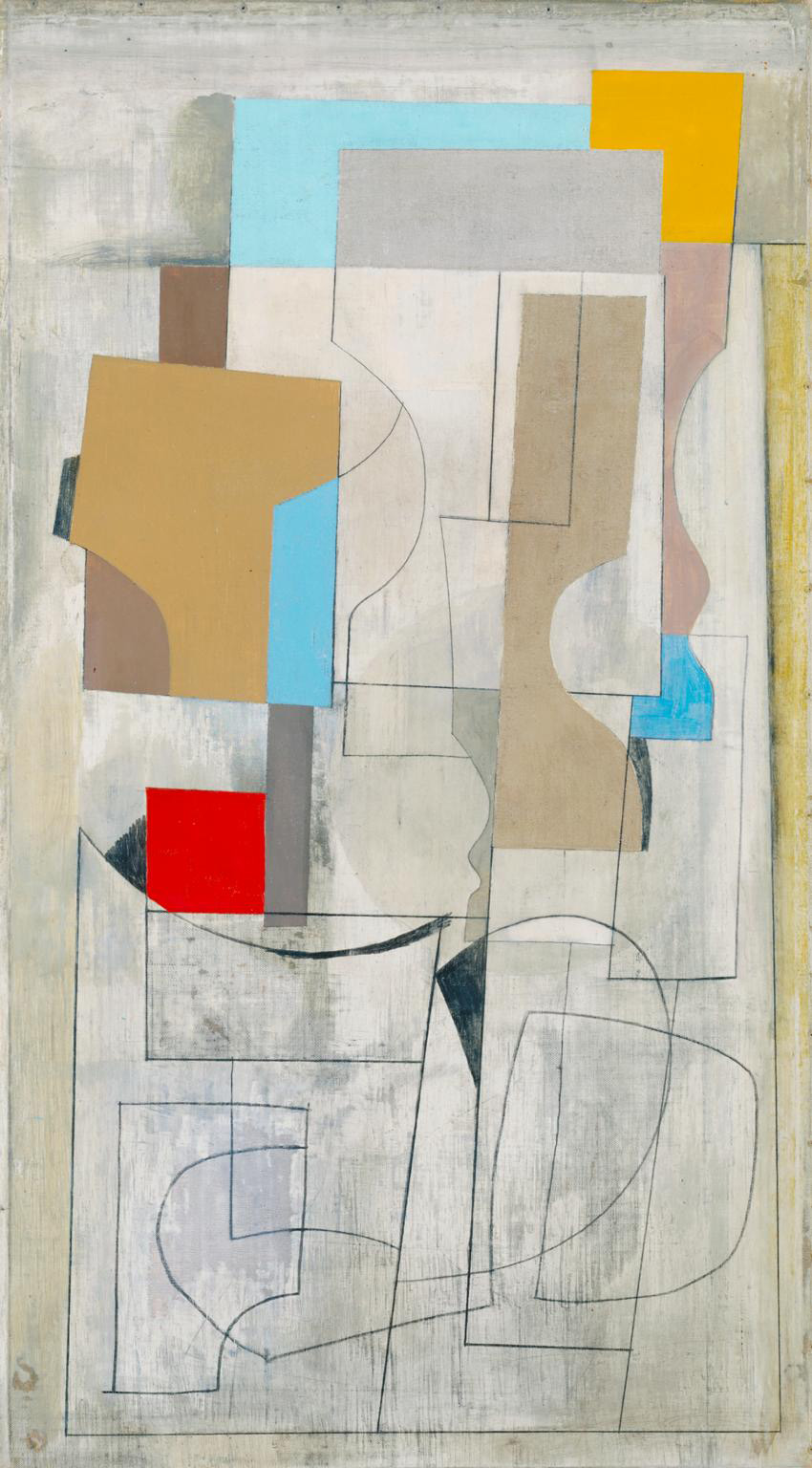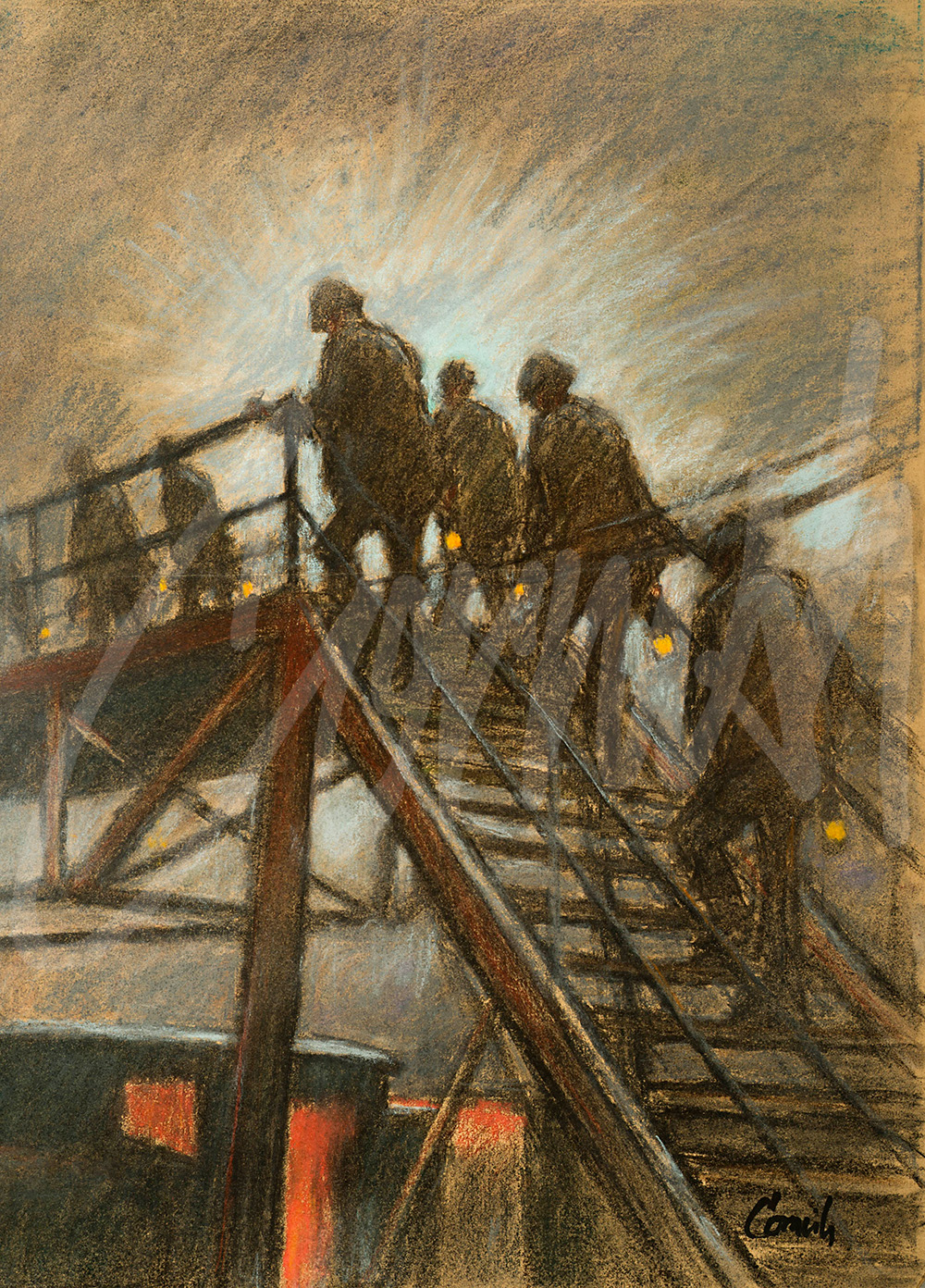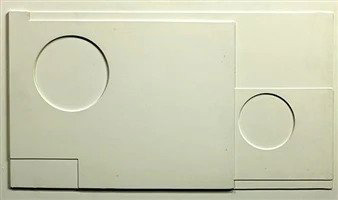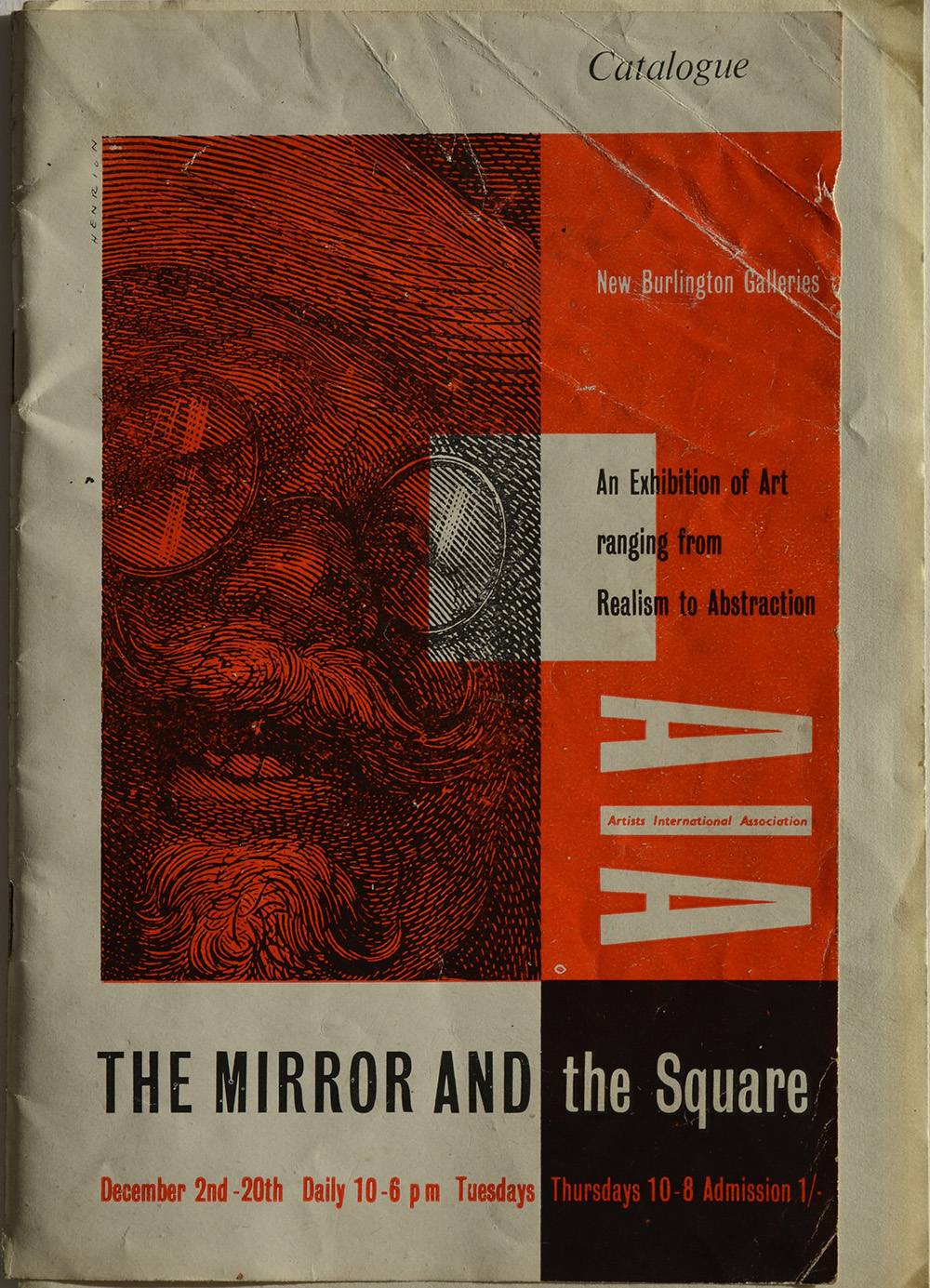
Latest News

Realism to Abstraction
The recent return of the BBC programme ‘Fake or Fortune,’ episode 1, featured a recently discovered painting on the bedroom wall of a house in Surrey. The decision of the ‘experts’ revealed that it was most probably a collaborative piece by Ben Nicholson and Fred Murray. A number of geometric shapes and bright colours which were evident in Nicholson’s other works were depicted in this painting.
Paintings by Cornish and Nicholson actually featured together in two different exhibitions during the 1950s and 60s. The first occasion was in 1952 at ‘The New Barrington Galleries’ in London: ‘The Mirror and The Square- Realism to Abstraction.’ Other artists included LS Lowry, Stanley Spencer, Victor Pasmore, Graham Sutherland and Barbara Hepworth. Cornish exhibited ‘Miners Going in Bye’ and Nicholson exhibited ‘White Relief.’
The post- war era was a period of rapid social change and art movements such as Cubism, Fauvism and Surrealism to name but a few, continued to evolve. Cubism was an early 20th Century style and movement in which perspective with a single viewpoint was abandoned and use was made of simple geometric shapes, interlocking planes and later collage. Cornish was well aware of these developments but declined to follow the popular trends. However, any aspiring artist in art school unwilling to follow ‘the trend’ was often ostracised by lecturers. This was the experience of John Peace, a contemporary of Cornish. Meanwhile, Cornish and Lowry continued to develop their own distinctive styles based around social realism, and without veering towards abstraction.
The Stone Gallery Mixed exhibition in1967 included ‘The Cup’ by Ben Nicholson and ‘The Gantry’ by Cornish, an earlier version of which was purchased by Lowry in 1964.The journey by Cornish from miner to professional artist was a story of great determination and resilience to overcome hardship and prejudice. Cornish was denied a place at ‘The Slade School of Art’ in London due to the outbreak of World War 2 as mining was a reserved occupation. Nicholson, however, trained as an artist at ‘The Slade School of Art,’ 1910-11, although he apparently spent more time during his year at Slade playing billiards than painting or drawing. He later claimed that the changing relationship of the coloured balls were of more appeal to his aesthetic sense. Nicholson was married three times and produced six children. His second wife was the artist Barbara Hepworth.
During the 50s and 60s Cornish’s reputation continued to grow, not only as an artist of considerable talent but also as an authority on art history, aesthetics, literature, music and contemporary matters. He was often invited to TV and radio discussions, along with other eminent practitioners, and occasionally as a guest speaker at conferences and weekend workshops. One such event was held at Ormesby Hall on July 4th 1968 and was organised by the ‘Federation of Northern Arts,’ later to become Northern Arts and Arts Council North. He always conducted himself with great dignity and his lecture notes have recently been transcribed. His final statement to the invited audience is presented here for the first time and reveals his thoughts about the difference between decoration, illustration and art in a powerful summary.
‘If a painting carries nothing derived from life experiences it is sheer decoration. If on the other hand it merely copies life without translating such experiences into forms proper to its medium it is nothing more than illustration paler than life, and without the impact or the new experience implicit in any work to which we give the name of art.’
